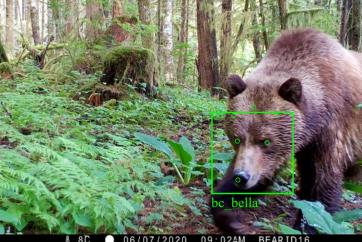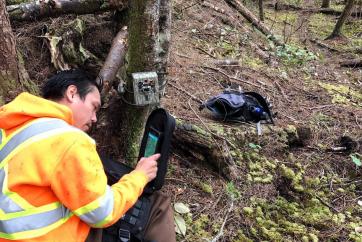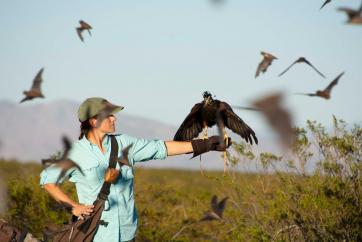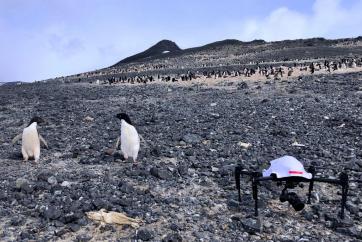The conservation tech world is not rooted in exclusivity. Its strength comes from its variety, both in types of technology, and in the backgrounds of those who contribute to and support conservation tech efforts and innovations. Just as a researcher who works with camera trap photos may find that a fellow researcher’s bioacoustic recordings confirm or enhance their own data, both researchers may also find that a machine learning engineer knows how to get the most out of their data sets, and then find that an expert in data analysis software can help all three of them communicate their findings to the wider community.
Technology has changed the way we conduct work in the field, the way we analyze and report data, and the way we share what we've learned for the benefit of others. In changing these facets of conservation, technology has also opened up new possibilities for this field to welcome people around the globe who have untapped expertise to offer us, though they may not consider themselves conservationists by trade; by hobby, maybe, or by way of a lifelong passion, or maybe even through some unexpected collaboration.
Nonetheless, in the conservation tech community, their contributions stand on equal footing with those of field biologists and wildlife researchers. The gates to a once-small conservation world have opened, and the boundaries have blurred between what makes someone a conservationist, an engineer, a citizen scientist, an innovator, or any of the numerous titles held by the members of #tech4wildlife communities like WILDLABS. These dedicated people are all connected through the simple desire to contribute what they can, how they can, from wherever they may be in the world, with the aim of achieving something greater than the sum of their individual skills.
It's the constant give and take of knowledge and skills that makes the conservation tech community so effective, and so important to the future of protecting wildlife. To maximize this network, programs like WILDLABS’ Tech Tutors series are vital to the conservation tech community’s growth by providing a space to learn new skills, connect with supportive mentors and potential collaborators, exchange ideas in an ongoing brainstorm, and ask questions. The Tech Tutors program also demonstrates that it’s perfectly alright to feel like a beginner in the conservation tech world; in fact, it’s encouraged! The truth is that we all have something to learn from each other, and the trick is finding ways to make those invaluable connections happen.
The impact of this sort of communal exchange is sometimes seen in the group efforts to improve gear or troubleshoot shared problems, like in the shared resources of a camera trap repair tutorial. It’s sometimes seen in the birth of entirely new projects, like the BearID Project, started by WILDLABS community members who brought deep learning techniques to camera trap data, and the BoomBox project that was born through the WILDLABS forums. And sometimes it can reach truly global scales, particularly as threats like climate change, pandemics, and ecological disasters threaten our work, our way of life, and the very existence of the wildlife and environments that we strive to protect.
Consider, for example, the recent Australian bushfires. With so many species and habitats impacted, just understanding the full extent of the damage could be an insurmountable problem if approached by individual researchers or small, specialized groups. But through the possibility of combining data from bioacoustic monitoring, camera traps, environmental sensors, citizen science apps, machine learning analysis, and other high tech tools, the big picture suddenly seems within reach.
Perhaps the ability to show us a clearer picture of the problems we face, big and small, is one of the greatest strengths of conservation technology, and of its diverse community of users, innovators, and supporters. It provides us with new methods of gathering data, and with clever new solutions, but also with the fresh perspective that will make that data, those solutions, and our community matter in the long run. Identifying individual bears, learning to repair a single camera trap, or using machine learning for the first time may not save a species or an ecosystem in a day, but these efforts represent steps forward, the bridging of what we can do now and what we will soon learn to do together. Within the conservation technology community, there is infinite skill, creativity, passion, and drive to meet obstacles with bold new ideas. Conservation technology alone might not save the world, but the conservation tech community? They just might.
About the author

Ellie Warren creates content and supports the #tech4wildlife community at WILDLABS. She currently works as WILDLABS Coordinator at World Wildlife Fund in Washington, DC, and has a background in English, nonfiction writing, and screenwriting. As a lifelong supporter of conservation efforts, she is thrilled to work alongside those who study and protect wildlife, and to share their vital work with the conservation tech community.







